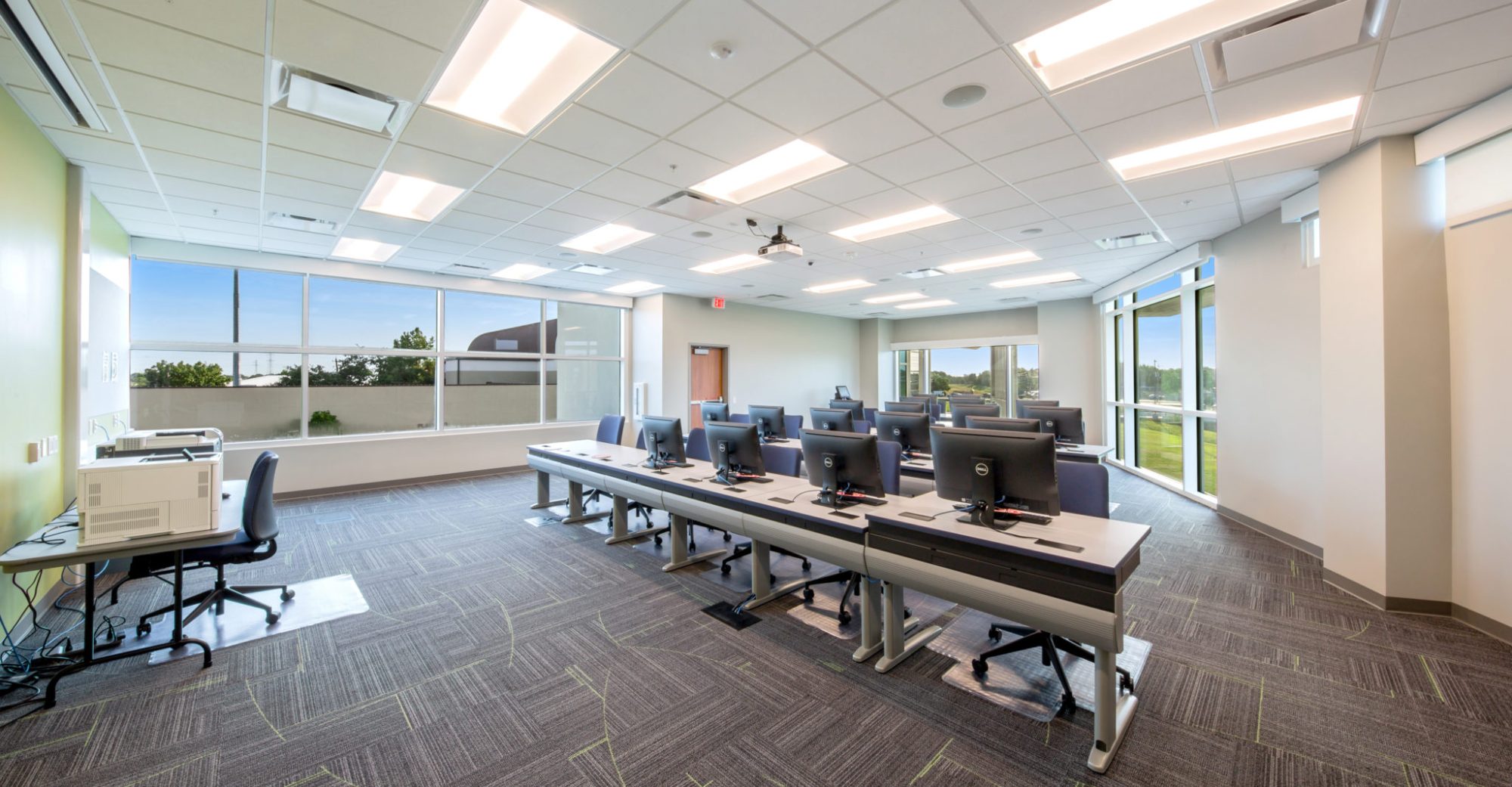 Weifang Wang
Weifang Wang
RCDD | Low Voltage Design Director
Weifang is the Low Voltage Design Director at DBR and supports a variety of projects firm-wide with his expertise in information technology, communications, and audio-visual systems.
He holds a master’s degree in building science from Rensselaer Polytechnic Institute and has been a Registered Communications Distribution Designer (RCDD) by BICSI since 2006. Weifang is well versed with the codes and industry standards related to building technology systems such as BICSI/TDMM, TIA, NEC and NFPA, ANSI, FGI. He is experienced in providing technology consultation and engineering design for many low-voltage building technology systems – Network Structured Cabling, Security Access Control, and Intrusion Detection, Video Surveillance, Public Address and Intercom, Audio-Video Presentation, Distance Learning, Local Sound Reinforcement, and Acoustics.
With over sixteen years of industry experience, Weifang has served as the lead Technology consultant for a wide range of projects including hospitals, museums, churches, government, municipal, commercial, hospitality and multifamily, higher education, and K-12 schools. He has helped many clients with the master planning of their technology infrastructure system and he has helped clients to develop and update their technology system standards.
Q&A with Weifang:
Q: Describe how the Integrated Technology team delivers systems to ensure facilities are secure, well-integrated and highly functional.
A: The key to a successful technology project is to maintain close coordination with the key players involved in the design and construction process. When beginning any project, we work with our clients to review their current technology standards, the needs of the various spaces and the project budget. From there we work with them to select the best technology solutions to fit their needs.
Technology changes rapidly, so it is important the Owner’s technology standards are updated on a regular basis to avoid product specification changes during construction.
We work closely with the architects and engineers to coordinate the power, cooling, and space requirements to ensure that technology systems are well integrated with other building systems. One of the advantages we have compared to other independent technology consulting firms is that we have an in-house MEP team which makes for easy coordination.
Q: What are some things owners should consider when addressing the renovation of Integrated Technology systems within their existing facilities?
A: Dealing with technology systems in an existing old building can be tricky since the technology systems may have been installed over the years or even decades. You might find a wide range of products coexisting such as 62.5um (OM1) fiber, 50um OM2, OM3, OM4, Single-mode OS1 and OS2, Cat3, Cat5e, Cat6, Cat6A, analogy, digital, hybrid, etc.
Here are a few things owners should consider during a renovation:
- Is the existing system operational and is it functioning properly?
- Is the product close to the end of its life?
- Is it an analog or network-based system?
- Is it an open platform or proprietary?
When it’s time to renovate the existing technology system we highly recommend that the owner hire an experienced technology consultant to perform a field survey and detailed analysis of the existing systems for the entire building. The consultant should help to draft a strategic migration path for replacement of the headend equipment or backbone cabling. If the headend equipment or backbone cabling is too old or not compatible, it may not perform optimally if only a portion of the building is upgraded with the new technology.
Q: How are you seeing the evolution of technology systems in the built industry?
A: Technology changes at an increasing rate. From analog telephone to VoIP phone, from Beeper, to keypad cell phone to touch screen cell phone, from CRT display to plasma, LCD, LED, OLED, ILED. Higher resolution, faster processing power, larger storage capacity, new technology emerges almost every day. This can be challenging for technology system operations and planning. The DBR low voltage technology team is specialized in technology planning and has close relationships with many major technology vendors to keep up to date on all the current technology products, systems, and design strategies in use currently as well as those that are forthcoming.
Additionally, IP is becoming a universal language. More and more devices are becoming IP based, such as PCs, printers, cameras, telephones, clocks, POS machines, menu boards, electronic signage, building automaton equipment, TVs, projectors, microphones, loudspeakers, refrigerators, occupancy sensors, waste bins, etc.
With the rise of Big Data, AI and IoT, we will see the explosive growth of IP based devices in buildings. Therefore, the technology infrastructure system design needs to capture all the current needs of all equipment on day one, while also planning for future growth.
Hero image at top of page:
Missouri City Library | Merriman Holt Powell Architects, Inc. | Missouri City, Texas
Have more questions? Give Weifang a call:
Weifang Wang, RCDD
Low Voltage Design Director
713.914.0888
[email protected]
